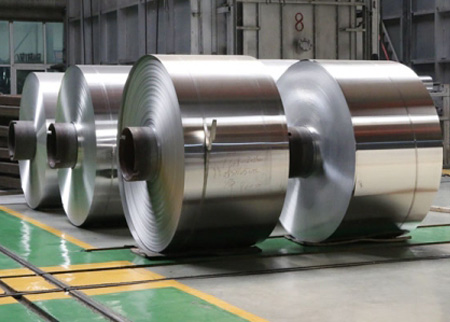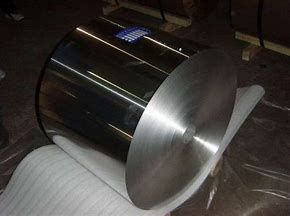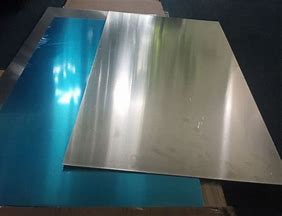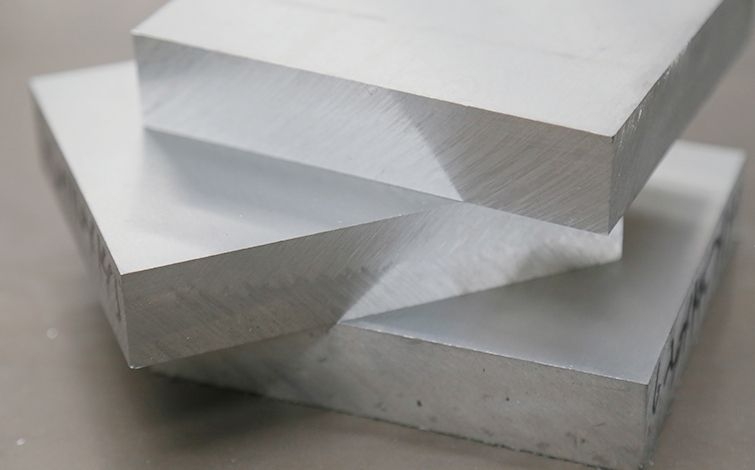



Today we are going to talk about the casting of aluminum alloys, which is another processing method other than forging.
1. Casting: is to melt the metal into a liquid that meets certain requirements and poured into the casting, after cooling and solidification, cleaning treatment to get a predetermined shape, size and performance of the casting (parts or blanks) process. The basic process of modern machinery manufacturing industry.
2. Casting production of blank cost, for the shape of complex, especially with complex internal cavity parts, more show its economy; at the same time it is more widely adaptable, and has a better overall mechanical properties.
3. But the casting production required materials (such as metal, wood, fuel, modelling materials, etc.) and equipment (such as metallurgical furnaces, sand mixers, molding machines, core machines, sand machines, shot blasting machines, cast iron plates, etc.) more, and will produce dust, harmful gases and noise and pollution of the environment.
4. Casting is an early human mastery of a metal heat processing process, has about 6000 years of history. 3200 BC, Mesopotamia appeared copper frog castings. Between 13 and 10 centuries BC, China has entered the heyday of bronze castings, the process has reached a fairly high level, such as the Shang dynasty weighing 875 kg Simuwu square tripod, the Warring States Zeng Hou B zun plate and the Western Han Dynasty translucent mirror are representative products of ancient casting. Early casting was heavily influenced by pottery, with most of the castings being tools or utensils for agricultural production, religion, life and other aspects, with a strong artistic colour. In 513 BC, China cast the world's first cast iron pieces seen in written records - Jin cast tripod (about 270 kg weight). Around the 8th century A.D., Europe began to produce cast iron parts. after the industrial revolution in the 18th century, castings entered a new period of service for large industries. Into the 20th century, the rapid development of casting, has developed ductile iron, malleable cast iron, ultra-low carbon stainless steel, as well as aluminum-copper, aluminum-silicon, aluminum-magnesium alloy, titanium-based, nickel-based alloys and other casting metal materials, and the invention of a new process of pregnant treatment of grey cast iron. 50s later, the emergence of wet sand high-pressure modelling, chemical hardening sand modelling and core making, negative pressure modelling and other special casting, shot blasting cleaning and other new processes.
* Thank you for your inquiry. Please provide your business needs information so that we can better serve you.
This information can help us assign the most suitable person to solve your problem. We will give you feedback within 1-2 working days.
Related Blog







